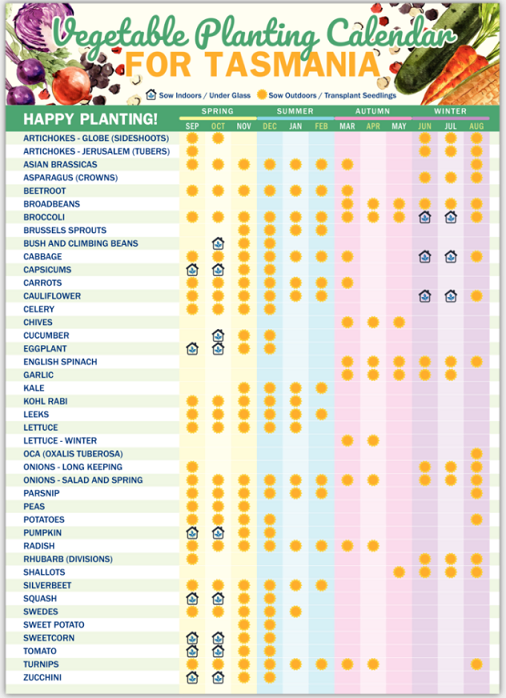
It never rains — but it pours. That’s the kind of gardening crisis that occurs too often when a serious drought finally breaks.
Until a week ago, the last decent rain to drench our garden was during August last year. Never before have we experienced such dry conditions.
We have a dam on our little bit of land. This is the first time it’s been empty — it’s not even happened during previous dry summers.
This year the dam was bone dry before Christmas.
Luckily, I had prepared in our vegetable patch for dry conditions by growing and digging in enormous crops of lush green manure — mainly annual lupins, ryecorn, feed oats and mustard.
So, as the main vegetable growing season began, the soil in the beds was packed with decomposed, moisture-holding organic matter.
As a result, all the plants received a flying start and resisted drying out.
Mulching, mainly with pea straw, helped to seal in this moisture by virtually eliminating wasteful evaporation.
I was still forced to use expensive mains water to irrigate moisture-loving plants and young seedlings.
Then, unexpectedly, the drought broke with a vengeance.
Almost 200mm of rain fell in two days. The sound on our roof was deafening.
On the roads, drivers were forced to pull over at times because it was almost impossible to see.
Never before has this happened in recorded history.
When the sun finally reappeared, we lurched out to survey and assess any damage to our crops. I walked gingerly over our vegetable patch and it was like treading over a giant, soft balloon. Only the interlaced straw mulch prevented me from sinking out of sight.
Naturally the brassicas, pumpkins, silverbeet, sweet corn, swedes and most other root crops loved it.
Even the beans appeared perfectly safe, probably because they were growing in a raised bed.
My beautiful tomato plants, however, looked devastated.
I had planted 22 different varieties last October — far too many, I know — as an experiment to test for vigour, yields and, above all, flavour.
Worse still, when the deluge struck, all plants were heavily laden with the biggest, healthiest tomato crops I’ve ever seen.
Normally when tomato plants start to wilt it is almost always due to lack of water.
And these plants are so resilient they quickly pick up again, often within half an hour of being given a drink. But when tomato plants suddenly wilt due to over-saturated soil, that’s serious.
Unless action is taken, branches continue to droop until entire plants totally collapse.
This is inevitable because waterlogged roots can no longer work properly.
Quick, drastic action was needed to help restore some kind of balance.
It meant a heavy, ruthless, heartbreaking pruning to cut out all drooping branches.
I got to work with a knife and after two hours of solid work had filled my biggest wheelbarrow three times with cut branches and leaves. The massively reduced tomato plants have now stopped wilting and signs of new growth are already appearing. Things are starting to look up.
Trouble is, with most foliage removed, the tomato crop is now completely exposed to full, strong sunlight.
That can cause unsightly scalding and tasteless tomatoes.
In addition, some vulnerable tomato varieties such as Black Russian and Oxheart — both favourites of mine — had developed fruit splitting. This is because the skins lose elasticity during dry periods so cannot withstand a sudden moisture surge.
I can’t stand waste, so I’ve been making lots of tomato soup.
I’ve also stretched some light shadecloth over all the tomato plants to at least help filter the sun’s rays and reduce excessive heat.
In other parts of the garden, large numbers of European plums — mainly ripening prunes — have started to split. Nothing can be done apart from stroking them off on to the ground.
We have a huge flock of wandering (wild) geese and they’re having a ball with a non-stop prune feast. I’ll be keeping well clear of that lot for a while.
And our dam is already half full again.
I’m so glad I’m an optimist.
-----------------------------------------------------------------------
Check out our Tasmanian Planting Calendar Fridge Magnet – A5 size only

A year-round guide for when to plant your veggies in Tasmania. Never lose your planting guide again with a convenient fridge magnet for secure attachment to any metal surface. This growing guide has been tried and tested by some of the best Gardener’s in Tasmania, and is specifically adapted to the Tasmanian climate.
Excellent Gift for any Tasmanian you know with green thumbs and who likes Peter Cundall as much as i do!
Make sure you follow the calendar and you will have a successful year of growing vegetables in Tasmania.
Price includes FREE SHIPPING Australia wide. BUY HERE